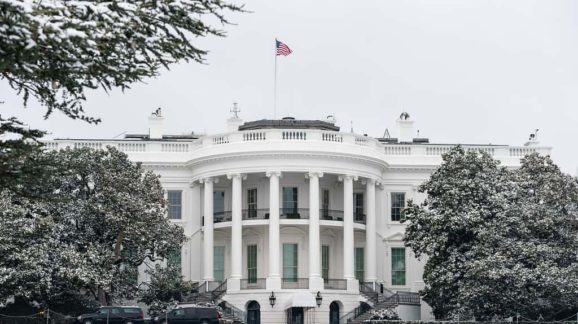Biden’s Leaders Climate Summit: China 2, U. S. 0

Photo Credit: Getty
I was only able to watch part of the Biden administration’s global Leaders Climate Summit, but expect there will be opportunities for repeated viewings as soon as Netflix picks it up. No doubt there were many riveting speeches, but the only one that caught my attention was Special Presidential Envoy John Kerry’s closing remarks at the end of the first day’s sessions on April 22, which is Earth Day.
The day before, Kerry said in an interview on Washington Post Live that even if the United States and China reduce their greenhouse gas (GHG) emissions to zero, “we’ve still got a problem.” But the excitement of the summit inspired him to go even further:
[E]ven if we get to net 50–net zero by 2050, even if we get there, we still have to suck carbon dioxide out of the atmosphere. A lot of people don’t focus on that. And that means we need the innovative technologies to do that, or to be able to know that we can store it and—or turn it into something. We haven’t discovered that yet.
Although I have written before on the little gaps in our Special Envoy’s understanding of atmospheric science, this statement still amazes.
From the news accounts I’ve read, it seems that two important things happened at the summit: President Biden made a second-round commitment for the U. S. to reduce greenhouse gas emissions under the Paris Climate Treaty by 50 to 52 percent below 2005 levels by 2030, and Chinese Communist Party General Secretary Xi Jinping made a second-round commitment that China’s emissions would continue to increase but perhaps not quite as quickly.
Since China’s annual GHG emissions are now higher than those of the United States and the European Union combined, and since China’s emissions are still rising, the chances of getting to net-zero by 2050 don’t look that good. That’s the bright side.
On the dark side, there is the possibility that the administration will really try to implement policies necessary to achieve the president’s outlandish commitment. If Congress and the American people do not put a stop to it quickly enough, the amount of economic devastation could be staggering. On top of that, there is the damage to our political institutions if the president attempts to impose these energy-rationing policies by decree.
Roger Pielke, Jr. has devised a clever way to track monthly progress toward reducing GHG emissions by at least 50 percent levels by 2030. President Biden has also made a personal commitment to achieve net-zero carbon dioxide emissions from electric utilities by 2035. Pielke overlays that goal on Biden’s Paris climate treaty commitment. According to the Energy Information Administration, there were 1,852 coal and natural gas plants generating electricity in January 2021. Pielke divides that number by the 164 months between now and 2035, which reveals that on average 11 coal or gas plants will need to be shut down every month until 2035 in order to reach the net-zero from utilities goal.
As Pielke remarks, we should be able to see by Earth Day 2022 whether or not the Biden climate campaign has gotten off to a good start. By then, 132 generating plants should have been closed. That’s a lot of wind turbines and solar panels!